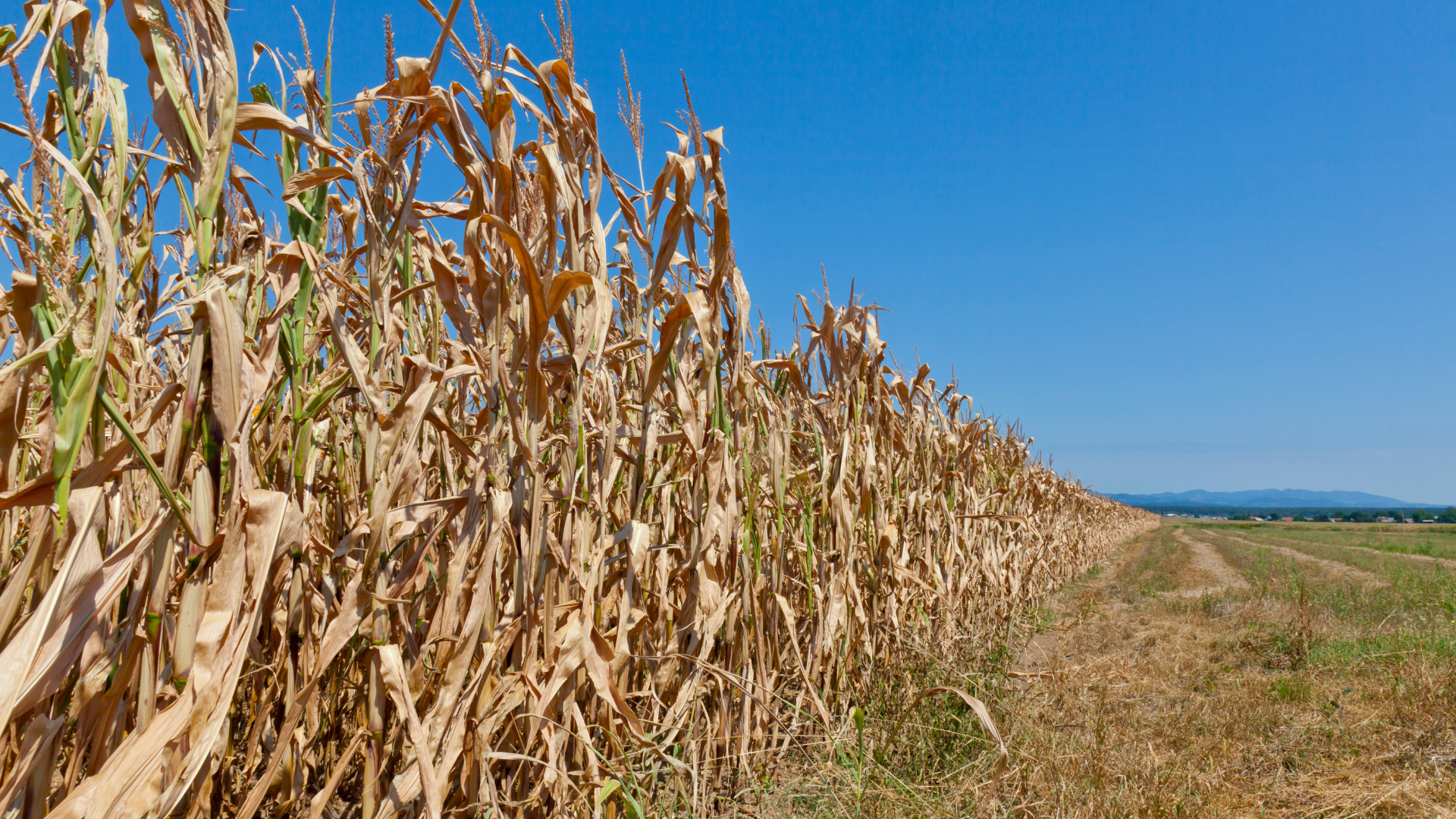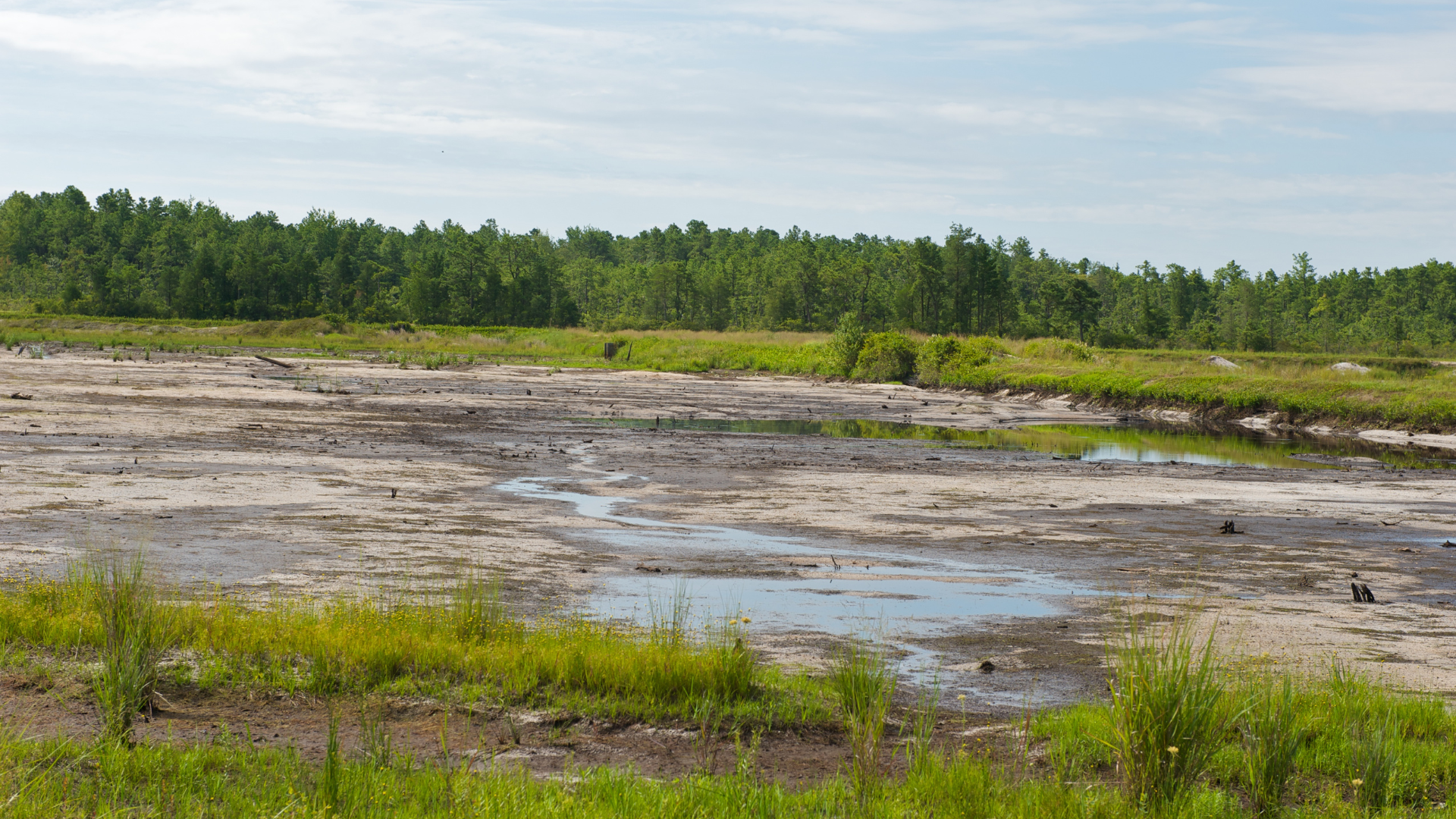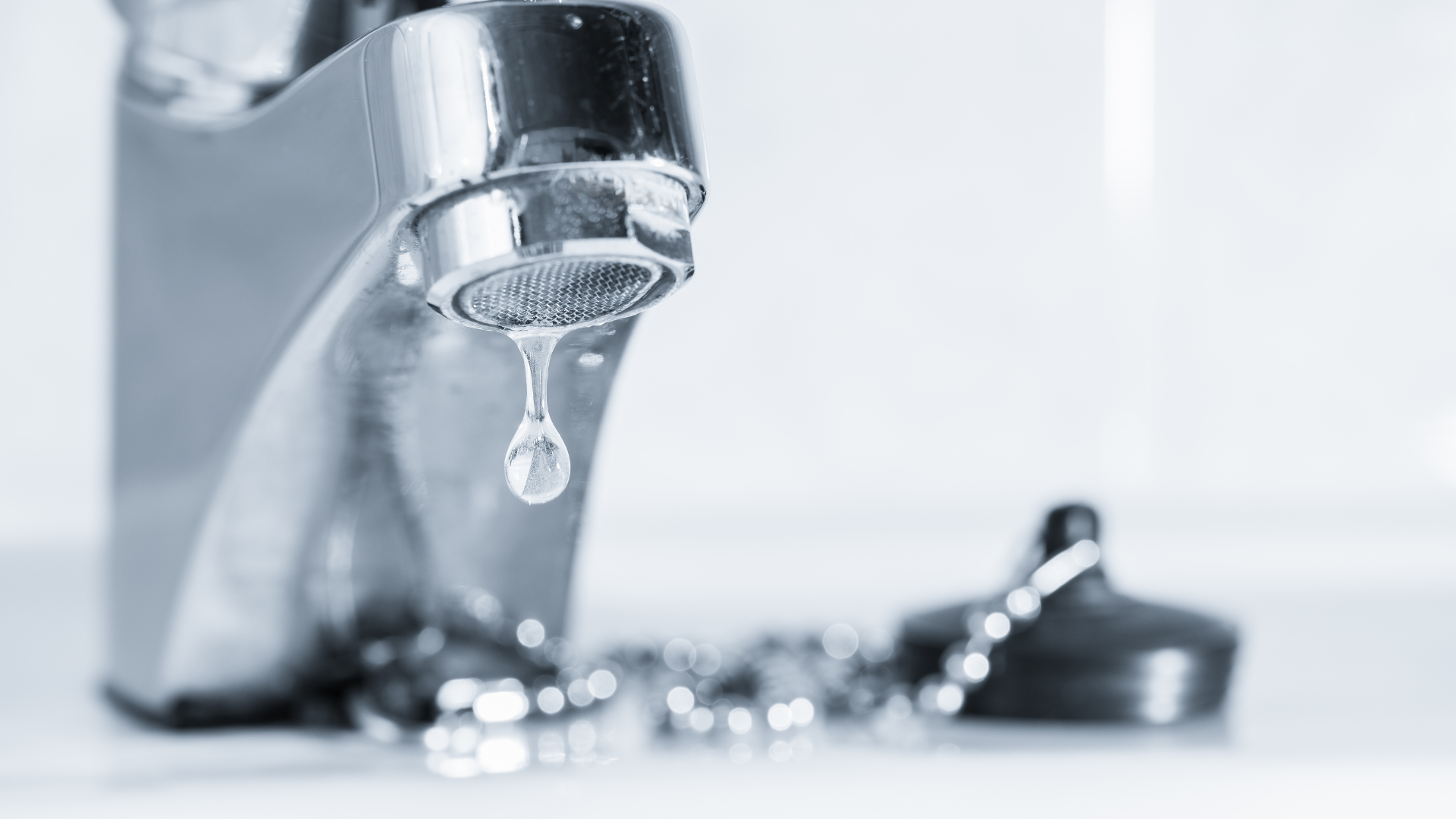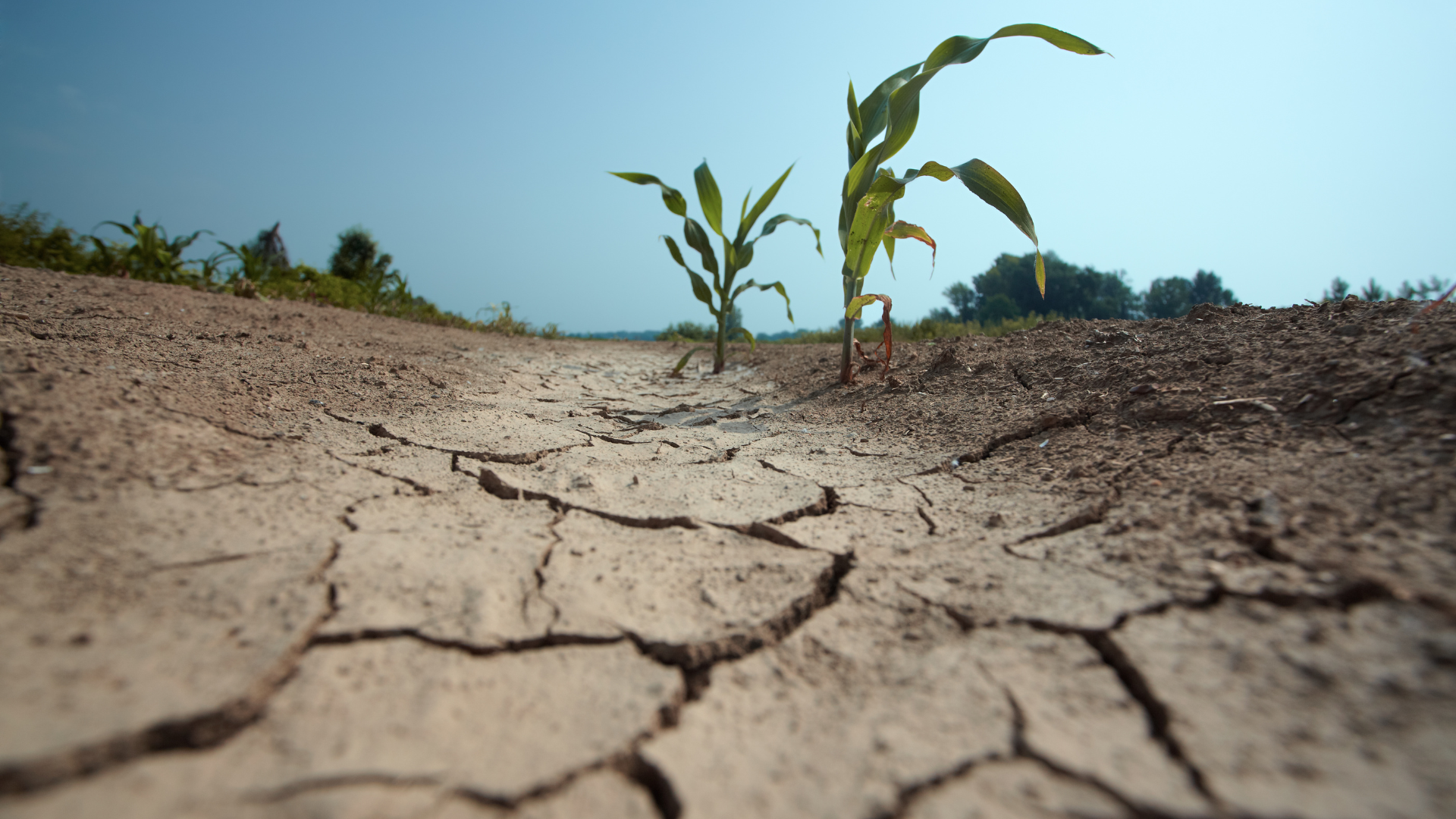Droughts are periods of time when water systems do not provide enough water to meet regular uses because of natural shortfalls in precipitation or stream flow.
Droughts may occur due to long periods lacking in rainfall and/or high temperatures. Changes in atmospheric conditions and water system temperatures, jetstream, and landscape can contribute to dry periods. When decreased precipitation is coupled with long periods of high temperatures, available water sources may evaporate and leave lower usable volumes for water treatment facilities.
According to the Maryland Department of Environment, Maryland uses four indicators of water sufficiency. The indicators are based on the amount of precipitation and the effect of the precipitation (or lack of precipitation) in the hydrologic system. These indicators include:
- Precipitation levels
- Stream flows
- Groundwater levels, and
- Reservoir storage.
Indicators are evaluated by comparing current conditions to natural conditions within the period of record. In this way, it can be determined if a current deficit is within a commonly experienced range, or whether it is unusually large.

Agricultural communities can be hit hard by droughts in Maryland. As temperatures more frequently rise during warmer months, farmers may have impacts on crop yields and livestock accessibility to food and water supplies. Water scarcity may lead to crop failure as changes in soil moisture may not support crop growth. Dry vegetation can increase the risk of wildfires, as dry conditions make vegetation highly flammable. Other businesses may be heavily impacted by water shortages, including food suppliers, distributors, and other food service providers.
As water shortages occur, health risks threaten both residents and businesses with reduced access to clean water. Without clean water, immediate health and sanitation issues may arise with the potential for long-term issues. Water restrictions may be put in place during a drought, limiting opportunities for cooking, bathing, cleaning, and supporting vegetation.

Preparation for Droughts
- Monitor the condition of your water supplies
- Check the drought monitor for Anne Arundel County
- Routinely check residential well levels and other water sources, keeping records to notice changes over time.
- Ensure alternative water sources are safe to use, checking for harmful microorganisms, inorganic chemicals, and disinfection byproducts.
- Create a Water Conservation Plan
- One that achieves a reduction of at least 10 percent in water usage when compared to normal usage during a comparable period.
- Consider collecting water from alternative sources, like rainwater harvesting.
- Identify and fix leaky pipes to prioritize mitigation of water loss (One drop per second wastes 2,700 gallons of water per year!)
- Create a Water Shortage Response Plan
- Decide how you will use available water sources for different purposes during a drought
- Include an emergency water supply, continually ensuring this includes 1 gallon of drinking water per person per day
- Plant drought-tolerant vegetation
- May require less water during a drought, helping you to stay within water mandates for drought occurrences
- For more information on what household-specific requirements your Emergency Plan should include, visit our guide to emergency planning.
- View our Emergency Kit video for information on what to include in your kits.
- Spread drought awareness around your community to ensure that others undertake collective efforts!

During Droughts
- Pay attention to drinking water warnings or boil water warnings, and act accordingly if one of these are issued. Do not drink any water that you have not confirmed to be safe for consumption.
- Avoid wasting water during routine activities, and find ways to reduce wasted water during activities. The American Red Cross has plenty of drought preparedness and water conservation tips for best practices. Some conservation tips include:
- Take shorter showers.
- Avoid letting the water run while washing hands or brushing teeth.
- Operate dishwashers only when full.
- Use clothes washers only when fully loaded and select the most efficient level possible.
- Avoid overwatering plants or lawns, especially if they are drought-resistant.
- Find other uses for water before pouring it down the drain.
- Fit household faucets by installing aerators with flow restrictors.
- For pools, consider installing a new water-saving pool filter. A single backflushing with a traditional filter uses 180 to 250 gallons of water.
- Pay attention to vegetation, as dry vegetation is a risk for wildfires during a drought. CALL 9-1-1 if you see any immediate threats to life safety.
- If you are experiencing loss as a result of a drought, contact your insurance company.
- See our Disaster Recovery page for additional information about relief opportunities.
Sign up for Anne Arundel County emergency alerts for up to date information on emergencies.

